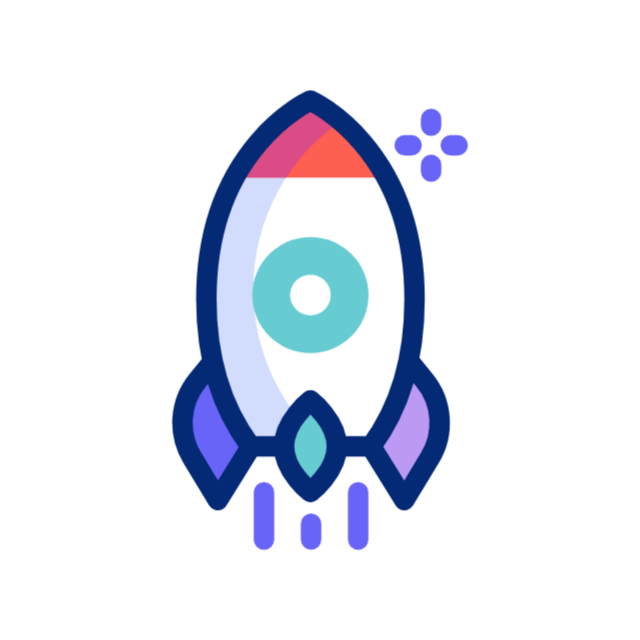Did you know that 75% of users never scroll past the first page of search results? For small business owners, that’s basically digital invisibility. I get it. You’re busy running your business, and SEO sounds like another tech buzzword you don’t have time for. But quality search engine optimization isn’t optional anymore—it’s survival. In the next few minutes, you’ll discover seven concrete ways SEO delivers actual business results, not just vanity metrics. From slashing your customer acquisition costs to building lasting credibility in your market. The question isn’t whether you need SEO. The real question is: can you afford to be the best-kept secret in your industry while your competitors steal the clicks, calls, and customers that should be yours? Benefit 1: Improved Website Crawlability and Indexing Improved Website Crawlability and Indexing Ever wondered why some websites get tons of organic traffic while yours struggles to appear in search results? The answer often boils down to one critical factor: how easily search engines can crawl and index your site. Think of search engines as extremely efficient librarians. They can only recommend books (your web pages) they’ve found, read, and properly cataloged. If Google can’t find or understand your content, you’re essentially invisible online. The numbers speak for themselves. Websites with technical SEO issues see an average 68% decrease in organic visibility. That’s potential customers you’re missing out on every single day. Optimising Robots.txt and XML Sitemaps Your robots.txt file is like the bouncer at an exclusive club – it tells search engines which areas they can access and which are off-limits. Get this wrong, and you might accidentally block Google from your most valuable pages. Here’s what a properly optimized robots.txt can do: XML sitemaps work differently – they’re more like detailed maps guiding search engines through your website. A well-structured sitemap helps Google discover and understand your content hierarchy. I recently worked with a business that doubled their indexed pages simply by fixing their sitemap structure. The impact was immediate – a 43% increase in organic traffic within just eight weeks. Resolving Crawl Errors and Duplicate Content Issues Crawl errors are like roadblocks preventing search engines from accessing your content. Common issues include: Duplicate content is equally problematic. When Google finds multiple versions of the same content, it gets confused about which to rank, often resulting in none ranking well. Smart businesses regularly run technical SEO audits to identify these issues. Tools like Google Search Console highlight crawl errors, while canonical tags help resolve duplicate content problems. One of our clients at Tekarth Technologies discovered that 27% of their website wasn’t being indexed due to technical issues. After implementing proper redirects, fixing server errors, and optimizing their internal linking structure, their organic traffic jumped by 51% in just three months. Remember, even amazing content can’t perform if search engines can’t properly crawl and index it. Technical SEO might not be the sexiest part of digital marketing, but it delivers serious ROI when done right. Benefit 2: Enhanced Website Speed and Performance Page Load Time Optimisation Ever tried to open a website and found yourself staring at a blank screen? Frustrating, right? That’s what your visitors feel when your site crawls like a snail. In the SEO world, speed isn’t just a nice-to-have—it’s essential. Google straight-up tells us that site speed is a ranking factor. A slow website is SEO suicide. Think about this: 53% of mobile users will abandon your site if it takes more than 3 seconds to load. That’s a lot of potential customers walking away before they even see what you offer! But here’s the good news: optimizing page load time isn’t rocket science. Start by compressing those massive images dragging your site down. A 5MB hero image might look pretty, but it’s killing your load times. Next, minimize HTTP requests. Each element on your page—images, scripts, stylesheets—requires a separate HTTP request. Fewer elements mean faster loading. And don’t forget to leverage browser caching (more on that below). It’s a simple win that makes returning visitors experience lightning-fast load times. If you’re serious about technical SEO, tools like Google’s PageSpeed Insights will become your best friend. They pinpoint exactly what’s slowing you down and how to fix it. At Tekarth Technologies, we’ve seen businesses boost conversion rates by 20% just by cutting load times in half. That’s real ROI from technical SEO that goes straight to your bottom line. Implementing Browser Caching and Compression Browser caching is your secret weapon for repeat visitors. Here’s the deal: when someone visits your site, their browser can store (or “cache”) many of your website files on their device. When they return, instead of downloading everything again, the browser just grabs those files from its cache. Result? Your site loads dramatically faster. Setting up browser caching is simple with proper HTTP headers. For most businesses, specifying a cache duration of at least a week works wonders for static resources. But caching alone isn’t enough. You need compression too. GZIP compression typically reduces file sizes by 70-90%. That’s like turning a 10MB site into a 1-3MB site. The smaller your files, the faster they travel across the internet to your users. Here’s a quick comparison of optimization techniques: Technique Average Speed Improvement Implementation Difficulty Image Optimization 25-30% Easy Browser Caching 40-50% Medium GZIP Compression 70-90% Easy Code Minification 15-25% Easy The beauty of these technical SEO improvements is they deliver immediate benefits. Your site ranks better, users stay longer, and conversion rates climb. In today’s competitive digital landscape, that performance edge isn’t optional—it’s survival. Benefit 3: Mobile Optimisation and Responsiveness Ensuring Mobile-Friendly Design Gone are the days when people only browsed the internet on desktops. Your customers are scrolling through your site while waiting for coffee, during their commute, or lounging on their couch. If your website looks terrible on their phone, they’re bouncing—fast. The stats don’t lie: over 60% of all web traffic now comes from mobile devices. Google knows this, which is why they’ve switched to mobile-first indexing.

